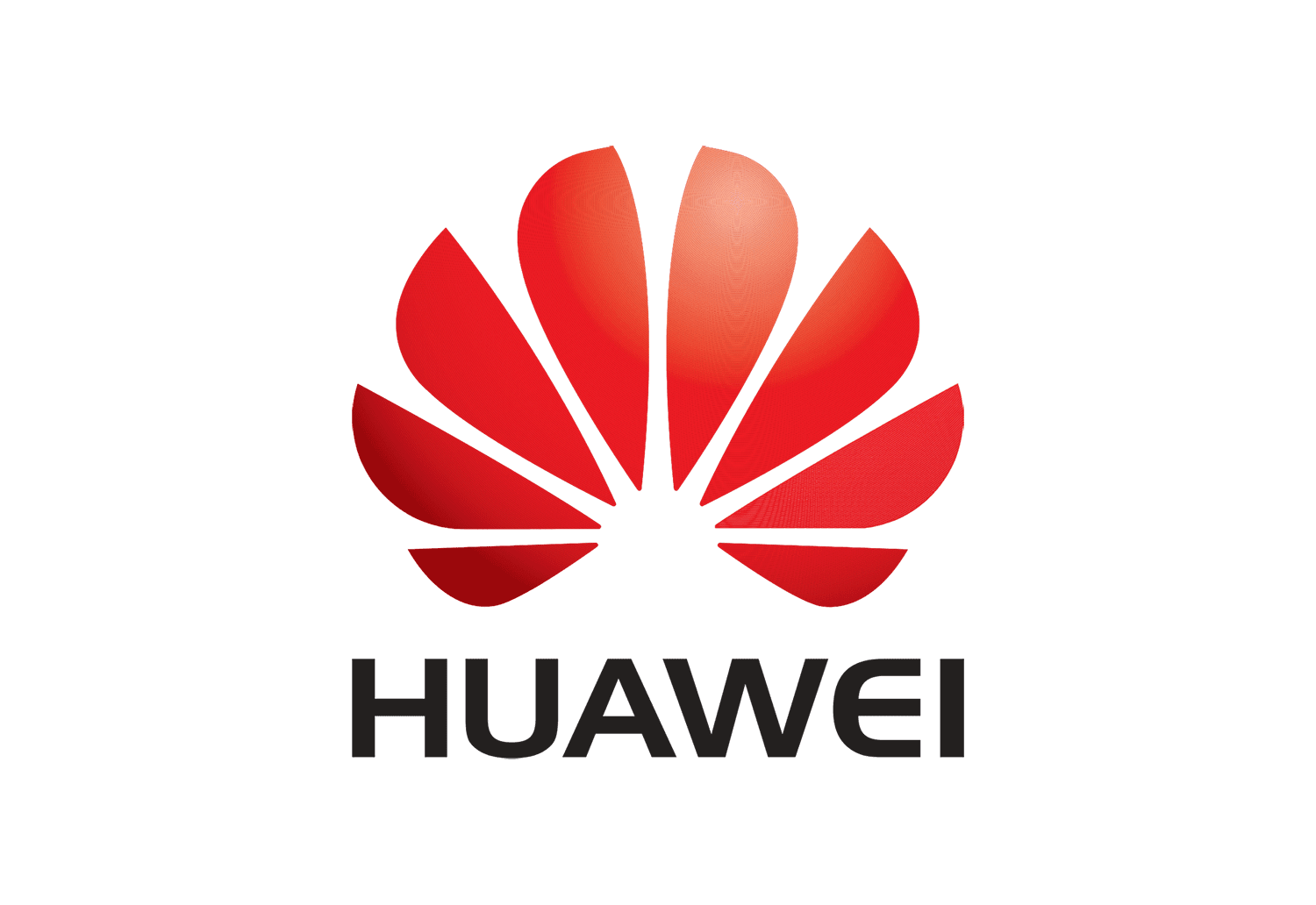
TV screen, grocery store, or virtual party zone: these days, our smartphones are whatever we want them to be. Smartphone usage skyrocketed during the pandemic, proving it to be both a necessity and comfort for many at this time. But could our fascination with smartphones hold the key to a connected future beyond our 3-inch screens?
The idea of a connected future is nothing new. Beyond fringe sci-fi predictions of decades past, we live in a world where connected devices have entered the mainstream consciousness. Despite our smartphone connections to voice assistants and fitness wearables, something is missing.
The problem is that our devices do not work well together. Rival brands may host apps on different platforms, but cohesive connections between their connected devices are limited. The reality is consumers are not beholden to one brand or type of device. Unless you dedicate yourself to one brand and buy into their walled garden of devices, your connected life is very disconnected.
We spoke with Andrew Garrihy, Huawei’s Global Chief Brand Officer, about his TNW2020 keynote on how Huawei’s Seamless AI Life strategy is working to change this very problem.
The promise of connected living has fallen short
The promise of connected living has fallen short for several reasons, and technology is not to blame. Huawei’s mission is to break the mold of the brand-specific connected ecosystems we’ve been sold. The company’s Global Chief Brand Officer, Andrew Garrihy, says brands have lacked the will to bridge connected devices together.
“Companies haven’t been open and collaborative enough with the systems and consumers probably haven’t been demanding enough. But I think both of those things are changing,” Garrihy told TNW.
Frictionless connectivity is a necessity for connected living. Cumbersome and awkward configurations make connected living more of a hazard than help, but Huawei is convinced better awaits because they’re building it through their Seamless AI Life Strategy.
Huawei aims to create ubiquitous connections between different devices, irrespective of the manufacturer. With their HiLink system, users can connect to printers, speakers, kettles, treadmills, or any other kind of household electrical item. Huawei has partnered with 800 companies to bring these integrations to life. Want to lock your Samsonite suitcase? Keys are a thing of the past. Tap your phone on your Samsonite smart lock.
A connected future
In Huawei’s vision of a connected future, the smartphone functions as a super-connector of connected devices. The technology exists today but lacks seamless integration.
Take, for instance, family video calls, which have become a lockdown staple. In his TNW2020 keynote, Garrihy spoke about Huawei’s connected version of events, in which the family no longer has to crowd behind the laptop hoping to appear in the call. Instead, the lounge will also function as a family video conferencing room thanks to connections with smart speakers and a smart TV. Every family member will show on the call because Huawei’s 360-degree camera will pivot to the speaker.
Cohesively connected tech is the aim, which is why the smartphone isn’t the sole consideration for Huawei. The company knows the value of a good smartphone, but mobile devices are not the only option for connecting with the world around us.
Our technology should fit around our lives, not the other way around. We cannot escape the ubiquity of smartphones, so Huawei wants to leverage them to build innovative solutions with other technologies. Beyond our smartphones, a truly connected world lays at our fingertips.
In his keynote, Garrihy shares his personal experiences which highlighted the radical possibilities of Huawei’s Seamless AI Life strategy. He recounted a pre-lockdown trip where he was racing to catch his flight. Upon his return weeks later, he had forgotten where he parked his car at the airport. Instead of spending forty-five minutes searching for his vehicle, Huawei’s HiCar system could have prompted his car to send a picture of its location. Convenience and context are king in Huawei’s Seamless AI Life Strategy, but this is just the beginning. In the future, cars fitted with the HiCar system could do much more.
“There’s no reason why it couldn’t remind me as soon as I get off the plane and pay for my parking,” says Garrihy.
A seamless remote workspace
We’ve already experienced massive changes in the workspace this year, and Huawei’s Seamless AI Life wants to make it better. Remote work has blurred the boundaries between work and home life. Connected living can help draw those distinctions by increasing personal productivity. With collaborative platforms like Huawei Share, users can transfer files wirelessly between devices with a single tap of their phones. Huawei speakers and televisions can automatically transfer audio and video calls from the phone, resulting in an engaging work experience that propels productivity.
Remote learning is also getting a connected living makeover, beyond the typical laptop or smartphone setup. Huawei’s multiscreen collaboration equips students with the ability to watch lectures on the TV while taking notes with a tablet, instead of cramming both activities on a laptop or smartphone device. These technologies could prove especially useful for school-aged children who are learning from home and need minimal distraction to engage with their lessons.
Privacy concerns
A connected world sounds exciting, but these innovations present new privacy and security vulnerabilities. As Garrihy notes, the tide has turned now that more consumers are reckoning with the cost of privacy.
“We’ve gone through a period where giving all our data away, we become the products. Now we’re starting to see a global awakening of, ‘Am I happy to be the product anymore?’ and we’re seeing people willing to pay a premium,” he tells TNW.
Huawei’s privacy measures are three-fold. For apps like TomTom Navigation, users can pay to use the app instead of granting data for advertising purposes. Huawei’s laptops also include an opt-in camera, and their devices employ facial recognition to permit users to view their messages.
Beyond these measures, the connected security ecosystem employs Huawei’s Harmony OS microkernel trusted execution environment, which splinters the various device logins as a safety measure. This limits the severity of a possible hack and ensures the security of the connected ecosystem is not compromised. Consumer privacy is and will continue to be a hot-button topic so Huawei’s multifaceted approach puts the user in control of their privacy, however they see fit.
Speaking on the misconceptions about connected living, Garrihy agrees that its future is in the hands of the consumer. “The reality is you will still firmly be in charge,” Garrihy tells TNW.
“If you look at the nirvana that’s been painted, we breeze through this world effortlessly, where the machine does everything. I don’t think that’s going to be the reality for a long time, but I think between integrating our hardware and software and employing AI, it will start to predict but we’ll still be firmly in charge of what happens.”
Huawei’s Seamless AI Life: More time for the things you love
Huawei’s Seamless AI Life is all about making better connections with technology and offers a glimpse into the future. When we are no longer distracted with piecing together fragmented technologies or trying to live with incompatible devices, we are free to focus on what’s most important. For Garrihy, our new technologies afford us a connection that’s as old as time – personal growth: “I’ve got more time for the things I enjoy and the things I’m interested in.”
As we transition to a connected present, our emerging technologies offer us the opportunity to thrive in our daily activities. So, what will it take for connected living to become an everyday occurrence – simply living?
“For everyone that’s involved in technology, we truly want to deliver to the world the benefits of technology,” Garrihy states. “We all have to be open to greater collaboration and greater openness, then seamless connectivity will be a reality, and I can’t wait for that.”
Get the TNW newsletter
Get the most important tech news in your inbox each week.





